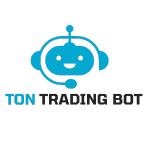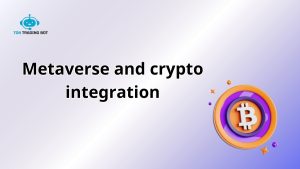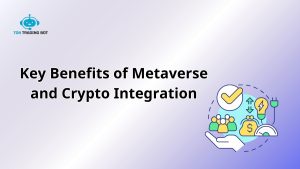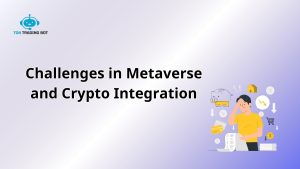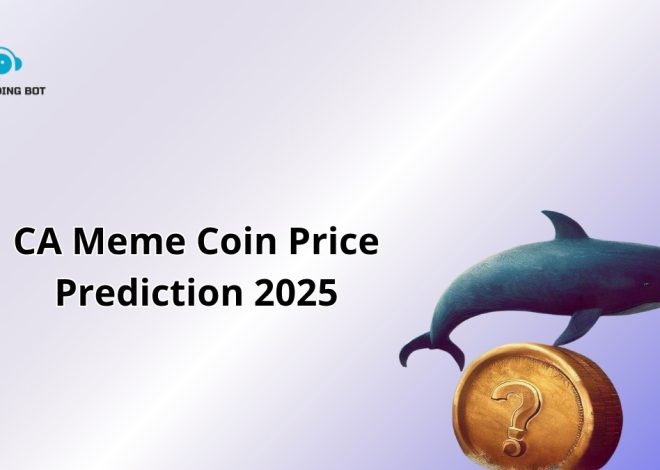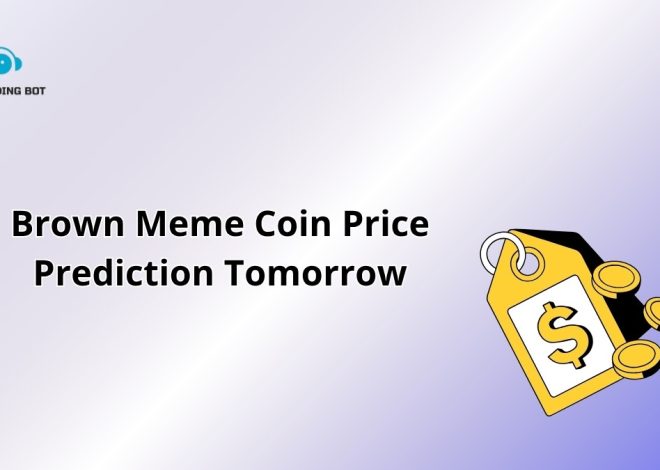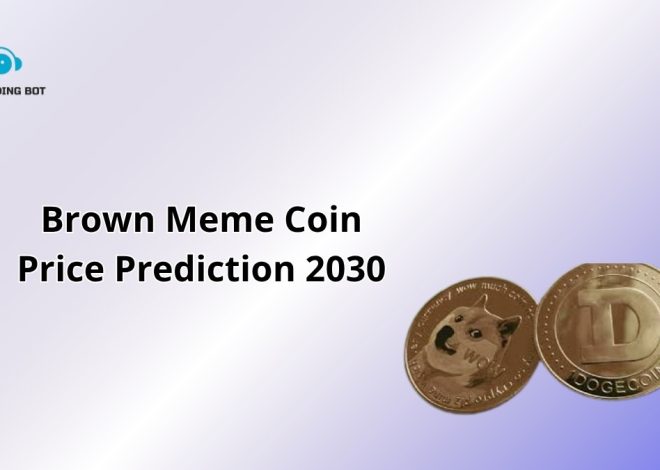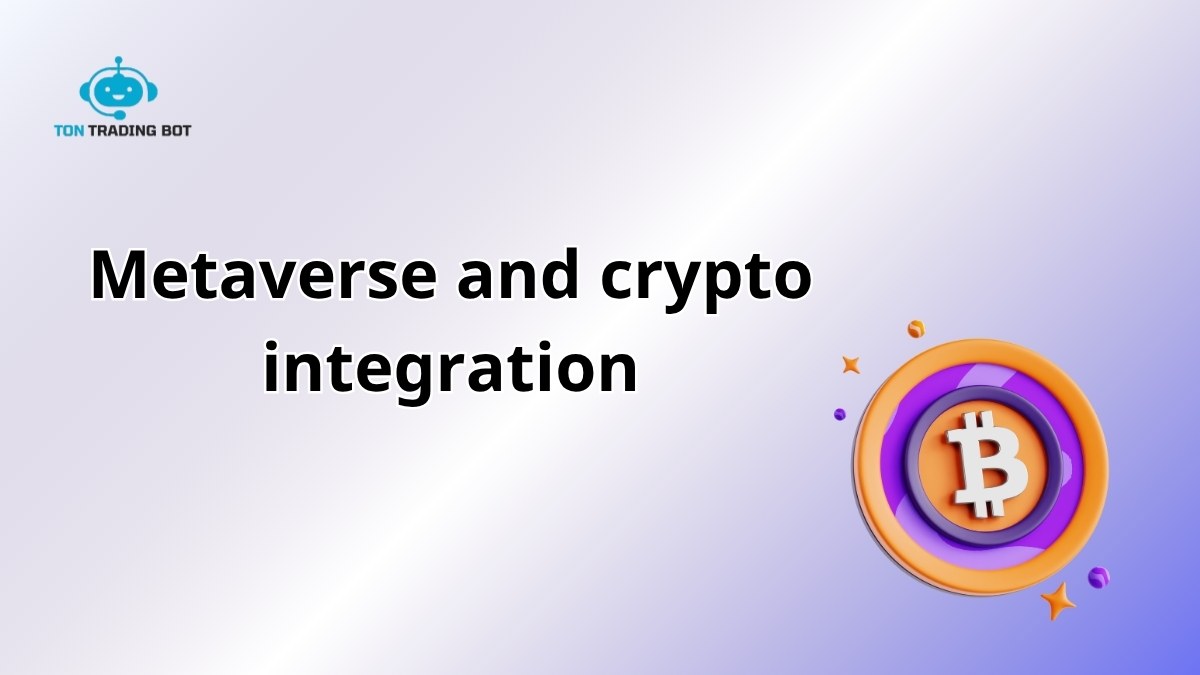
Metaverse and Crypto Integration: The Future of Digital Economy
Contents
- 1 Why Metaverse and Crypto Integration Matters
- 2 Understanding the Metaverse and Crypto Integration
- 3 Key Benefits of Metaverse and Crypto Integration
- 4 Real-World Examples of Metaverse and Crypto Integration
- 5 Challenges in Metaverse and Crypto Integration
- 6 The Future of Metaverse and Crypto Integration
- 7 Best Practices for Navigating This Integration
- 8 Embracing the Fusion of Crypto and the Metaverse
Why Metaverse and Crypto Integration Matters
The integration of the metaverse and crypto is more than a futuristic concept — it represents a paradigm shift in how humans interact, transact, and create value online. As blockchain technology empowers decentralized finance (DeFi), and the metaverse brings immersive virtual experiences, their convergence is shaping a new era of digital ownership, identity, and commerce.
Understanding the Metaverse and Crypto Integration
What Is the Metaverse?
The metaverse is a virtual universe made up of interconnected digital spaces where users can socialize, play, work, and even earn a living. It’s an evolution of the internet — immersive, persistent, and interactive. Leading platforms include Decentraland, The Sandbox, and Meta’s Horizon Worlds.
What Role Does Crypto Play?
Cryptocurrencies serve as the native currencies of the metaverse, facilitating transactions for digital goods, land, avatars, and services. Through smart contracts and NFTs, users can own and trade assets without intermediaries. This is where metaverse and crypto integration becomes central.
Key Benefits of Metaverse and Crypto Integration
Digital Ownership through NFTs
Non-Fungible Tokens (NFTs) are crucial to this integration. From wearables and skins to land plots and artworks, NFTs allow users to truly own, trade, and monetize digital assets. Without crypto integration, such verifiable ownership wouldn’t be possible.
For example, in The Sandbox, land parcels are NFTs purchased using the $SAND token — a perfect demonstration of metaverse and crypto integration.
Decentralized Economies
Unlike traditional gaming platforms where the developer controls all assets, the integration of crypto allows the creation of player-owned economies. Users can earn tokens, convert them to fiat, or reinvest them in virtual worlds — enabling real-world financial inclusion.
Interoperability and Cross-Platform Use
Tokens and NFTs built on standards like ERC-20 and ERC-721 can move across different metaverse platforms. This interoperability is possible only because of the seamless integration between crypto and metaverse ecosystems.
Real-World Examples of Metaverse and Crypto Integration
Decentraland ($MANA)
- MANA is the native token.
- Used for buying land, goods, and participating in events.
- Assets are fully tokenized via NFTs.
- Governance is decentralized using a DAO (Decentralized Autonomous Organization).
The Sandbox ($SAND)
- Offers tokenized LANDs, avatars, wearables.
- SAND is used for all in-game purchases and staking.
- Enables revenue sharing for creators and developers.
Axie Infinity
- Crypto meets gaming in this P2E (Play-to-Earn) model.
- Smooth metaverse and crypto integration allows users to battle, breed Axies, and earn tokens convertible to fiat.
Challenges in Metaverse and Crypto Integration
Scalability Issues
Many metaverse platforms operate on Ethereum, which faces congestion and high gas fees. Although Layer 2 solutions like Polygon and Arbitrum help, scalability remains a bottleneck.
Regulatory Uncertainty
As governments begin to regulate digital assets, the integration between crypto and the metaverse may face compliance challenges, especially concerning securities laws, taxation, and user privacy.
Security Risks
Hacks, rug pulls, and smart contract bugs pose major threats. For the integration to succeed long-term, robust cybersecurity and auditing are critical.
The Future of Metaverse and Crypto Integration
Web3 and DAO Governance
Web3 aims for a decentralized internet where users control their data and identity. DAOs empower users to govern virtual worlds. This is only possible through strong crypto infrastructure integrated into the metaverse.
Integration with DeFi
Expect a future where users can borrow against NFT land, stake governance tokens, or invest in virtual real estate funds. DeFi + Metaverse + Crypto = a new financial frontier.
Mass Adoption Through Gaming and Social Platforms
Once platforms like Roblox, Fortnite, or even Meta fully embrace crypto, metaverse and crypto integration will go mainstream. This will unlock trillion-dollar virtual economies.
Choose Platforms with Real Utility
Not all projects offer meaningful integration. Prioritize platforms where:
- Crypto adds real value (not just speculation)
- Assets can be moved, traded, or staked
- Communities are active and transparent
Diversify Digital Assets
Don’t go all in on one metaverse token. Consider holding:
- Governance tokens ($MANA, $SAND)
- Land parcels (NFTs)
- Utility tokens used for staking or purchasing
Stay Informed
The space evolves rapidly. Use tools like:
- DappRadar – to monitor platform activity
- Token Terminal – for revenue data
- Crypto Twitter & Discords – for trends and news
Embracing the Fusion of Crypto and the Metaverse
The metaverse and crypto integration is not just a trend — it’s a foundational shift toward digital autonomy, decentralized ownership, and next-gen economies. From virtual land sales to NFT art galleries, this synergy unlocks new possibilities for creators, gamers, and investors alike.
As technology matures and adoption grows, the convergence of crypto and the metaverse will reshape how we live, play, and transact online — transforming dreams of a virtual society into an economic reality.
